Silver has long been recognized as a valuable and versatile precious metal, with applications ranging from jewelry to industrial use. In recent years, the popularity of silver bars as an investment asset has soared, partly due to their unique supply and demand dynamics. You can read here about the high demand for silver bars in some nations. Understanding the dynamics is essential for investors looking to navigate the financial market and make informed decisions regarding silver bars. Let’s explore the intricacies of the supply and demand dynamics surrounding silver bars in finance.
Supply Dynamics of Silver Bars:
Several factors, including mining production, recycling, and government policy, influence the supply of silver bars. Knowing these drivers is crucial for comprehending the overall supply landscape of silver bars.
- Mining Production: The primary source of silver bars is silver mining. As mining companies extract silver from the ground, the level of production directly affects the availability and supply of silver bars in the market. Factors that impact mining production include discoveries, technological advancements in extraction methods, and geopolitical stability in major silver-producing regions.
- Recycling: Silver is a highly recyclable metal, and recycling plays a significant role in the supply of silver bars. Industrial applications, electronic waste, and jewelry contribute to the recycled silver supply. The profitability of recycling silver depends on market prices, as higher prices incentivize individuals and businesses to recycle silver instead of discarding it.
- Government Policy: Government policies and regulations can also influence the supply of silver bars. Some countries impose restrictions on mining operations or impose taxes on exports, which can limit the amount of silver available in the market. Investors need to stay informed about governmental actions that may impact the supply of silver bars.
Demand Dynamics of Silver Bars:
Demand for silver bars is driven by various factors, ranging from industrial use to investment demand. Understanding these demand drivers is crucial for predicting the market behavior of silver bars.
- Industrial Demand: Silver has extensive industrial applications, including electronics, solar panels, medical equipment, and more. Advancements in technology, population growth, and environmental initiatives drive the demand for silver in these sectors. As industries continue to rely on silver for its unique properties, the demand for silver bars is likely to remain robust.
- Investment Demand: Investors frequently resort to silver bars as a haven and inflation hedge. During times of economic instability or currency depreciation, demand for silver bars tends to surge as investors attempt to secure their assets. The growing interest in diversifying portfolios and securing tangible assets contributes to the demand for silver bars.
- Jewelry and Collectibles: Silver’s aesthetic appeal makes it highly sought after for jewelry and collectible items. The demand for silver bars in the form of jewelry or collectibles is influenced by factors such as cultural preferences, fashion trends, and consumer sentiment. This demand segment adds another layer of complexity to the overall demand dynamics of silver bars.
Supply-Demand Balance and Price Implications
The relationship between supply and demand determines the price of silver bars in the financial market. If supply exceeds supply, prices rise, encouraging further production and recycling efforts. On the other hand, when supply surpasses demand, prices may decline, prompting adjustments in mining production or utilization of existing silver reserves.
Conclusion
Knowing the supply and demand dynamics of silver bars is vital for investors seeking to make sound financial decisions. Factors such as mining production, recycling, government policies, industrial applications, investment demand, and consumer preferences all play a role in influencing the availability and pricing of silver bars. By closely monitoring these dynamics and staying informed about market trends and developments, investors can position themselves to take advantage of potential opportunities offered by silver bars in the ever-evolving world of finance.…

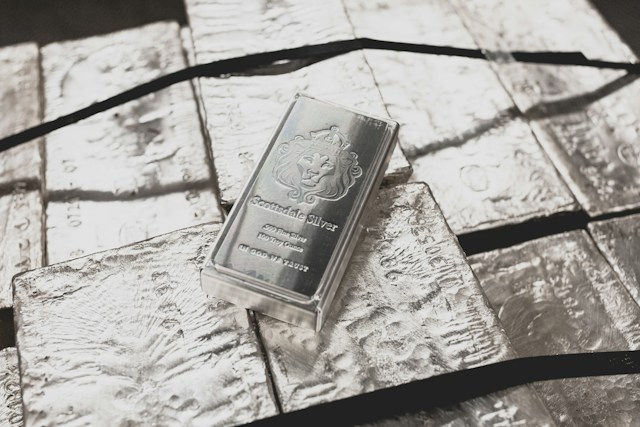

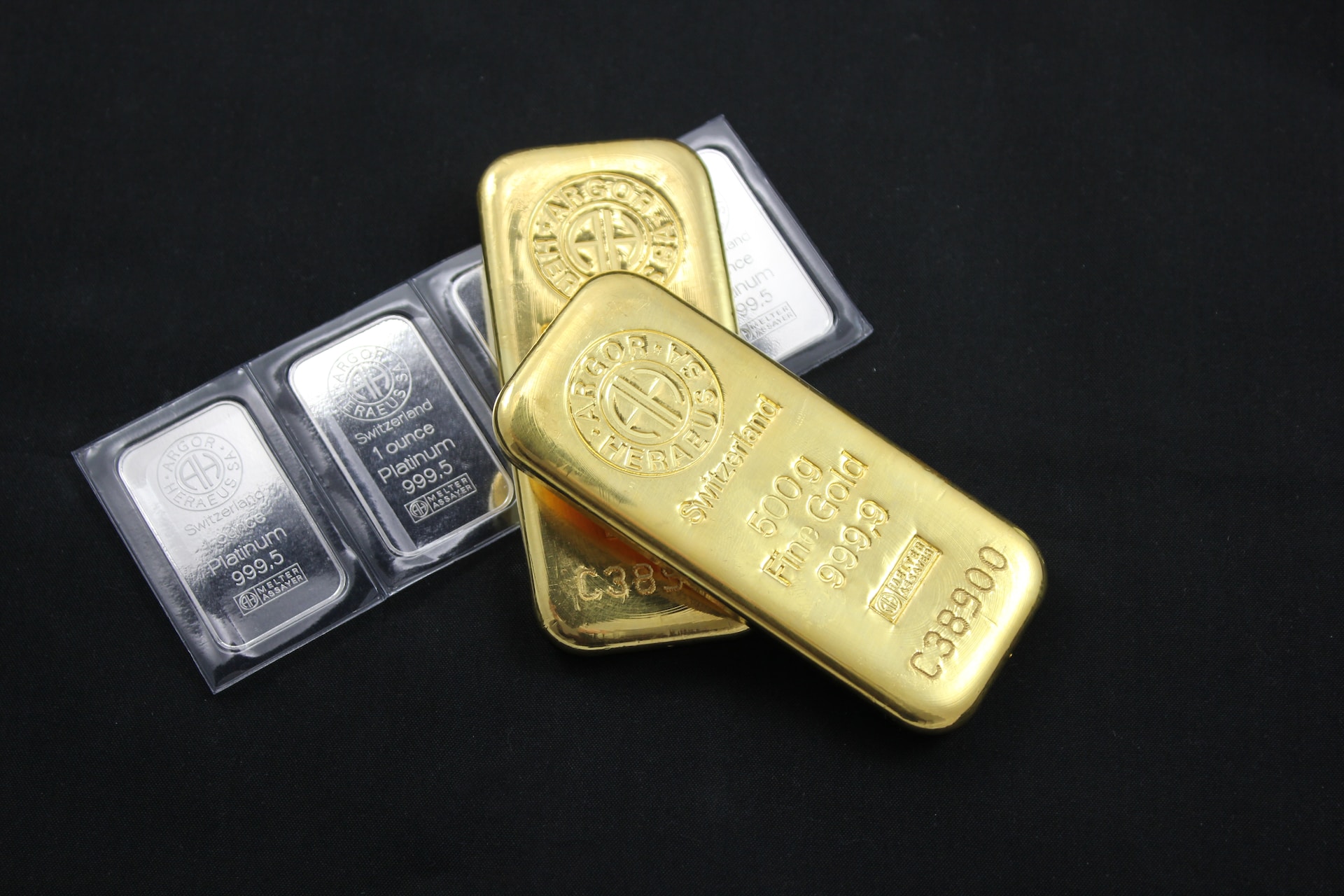
 Silver’s enduring appeal lies in its historical resilience as a precious metal. Throughout centuries, silver has retained its value, serving as a medium of exchange, a store of value, and a hedge against inflation. Its role in currency, coupled with its intrinsic value, positions silver as a time-tested investment that has weathered economic fluctuations and stood firm amid market uncertainties. For example,
Silver’s enduring appeal lies in its historical resilience as a precious metal. Throughout centuries, silver has retained its value, serving as a medium of exchange, a store of value, and a hedge against inflation. Its role in currency, coupled with its intrinsic value, positions silver as a time-tested investment that has weathered economic fluctuations and stood firm amid market uncertainties. For example, 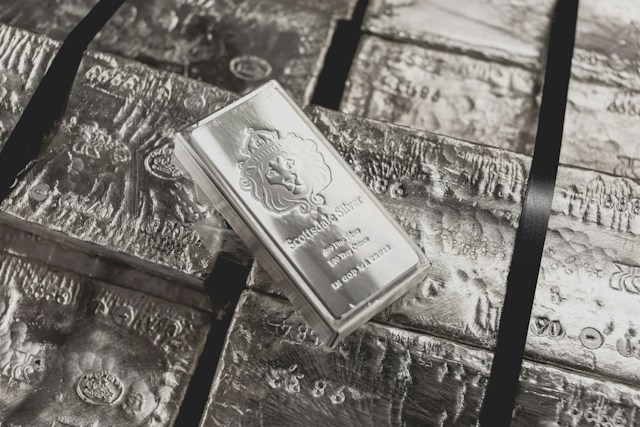

 Before approaching any financing options, it is essential to evaluate your financial standing. This includes assessing your credit score, debt-to-income ratio, and available cash reserves. Lenders often consider these factors to determine your eligibility for loans. A good credit rating and a healthy financial profile will increase your chances of obtaining favorable loan terms.
Before approaching any financing options, it is essential to evaluate your financial standing. This includes assessing your credit score, debt-to-income ratio, and available cash reserves. Lenders often consider these factors to determine your eligibility for loans. A good credit rating and a healthy financial profile will increase your chances of obtaining favorable loan terms. When seeking financing for your real estate investment, it is crucial to prepare a comprehensive business plan. A well-presented plan demonstrates your understanding of the investment, including market analysis, projected returns, and an exit strategy. This document will not only help secure funding but also foster trust and confidence in potential lenders or partners.
When seeking financing for your real estate investment, it is crucial to prepare a comprehensive business plan. A well-presented plan demonstrates your understanding of the investment, including market analysis, projected returns, and an exit strategy. This document will not only help secure funding but also foster trust and confidence in potential lenders or partners.

 One of the best ways to save money when buying a car is to reduce the cost of ownership. There are many ways to do this, such as choosing a fuel-efficient car, maintaining your car properly, and driving less. By reducing the cost of ownership, you can save a lot of money in the long run.
One of the best ways to save money when buying a car is to reduce the cost of ownership. There are many ways to do this, such as choosing a fuel-efficient car, maintaining your car properly, and driving less. By reducing the cost of ownership, you can save a lot of money in the long run.
 One of the best ways to keep your
One of the best ways to keep your  Another smart way to protect your finances is to save your receipts. It may seem like a no-brainer, but you would be surprised how many people do not do this. Receipts can be helpful if you ever need to return something or if there is a problem with your purchase. In addition, they can also help you keep track of your spending.
Another smart way to protect your finances is to save your receipts. It may seem like a no-brainer, but you would be surprised how many people do not do this. Receipts can be helpful if you ever need to return something or if there is a problem with your purchase. In addition, they can also help you keep track of your spending.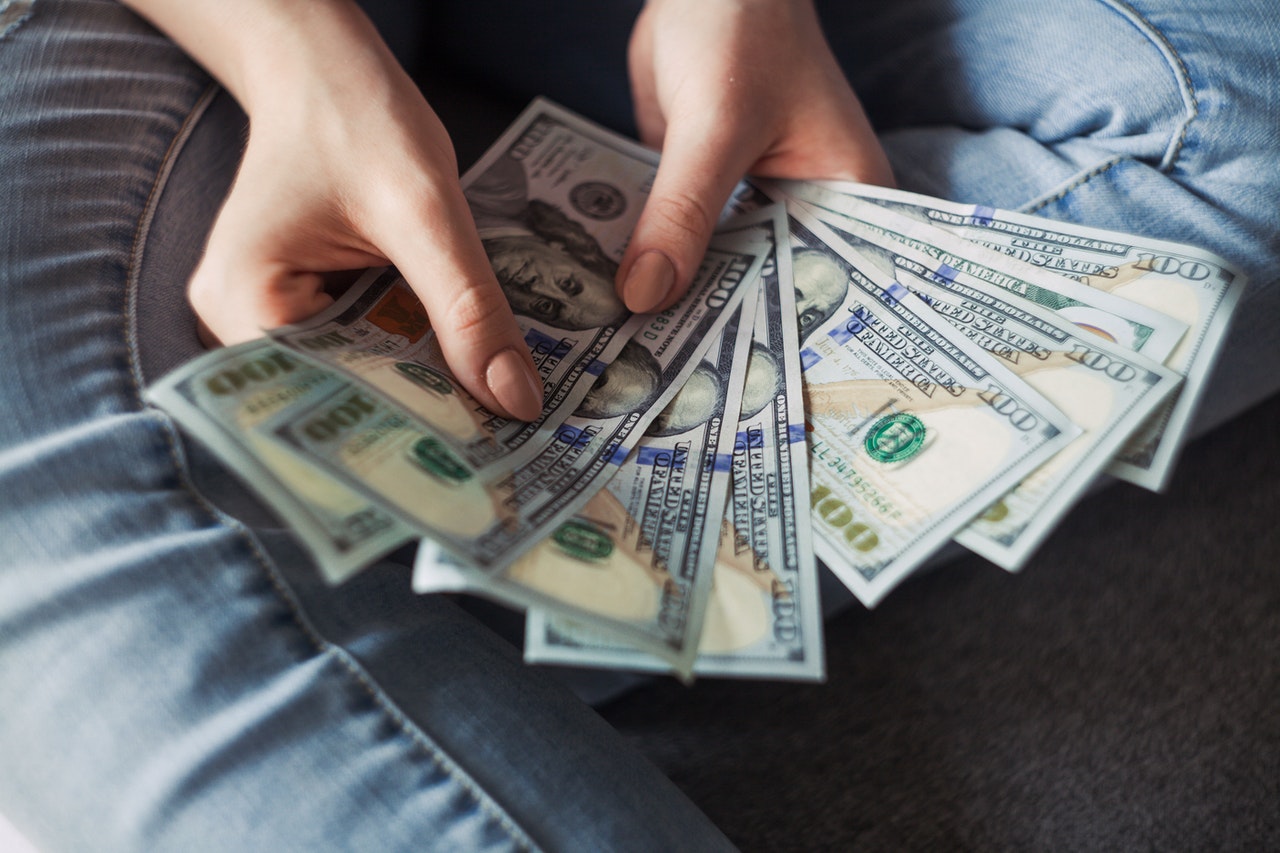
 One of the best places to invest your money is in a high-yield savings account. These accounts offer interest rates that are much higher than traditional checking or savings accounts. And, since the FDIC ensures them, you can be sure that your money is safe. If you’re looking for a safe and easy way to invest your money, then a high-yield savings account is a great option.
One of the best places to invest your money is in a high-yield savings account. These accounts offer interest rates that are much higher than traditional checking or savings accounts. And, since the FDIC ensures them, you can be sure that your money is safe. If you’re looking for a safe and easy way to invest your money, then a high-yield savings account is a great option. Index Funds track the performance of a specific index. This can be an excellent option for investors who want to invest in a particular market or sector. For example, an Index Fund that tracks the S&P 500 will give you exposure to the stock market as a whole. If you’re interested in investing in the stock market but you don’t want to invest in individual stocks, an Index Fund may be a good option for you.
Index Funds track the performance of a specific index. This can be an excellent option for investors who want to invest in a particular market or sector. For example, an Index Fund that tracks the S&P 500 will give you exposure to the stock market as a whole. If you’re interested in investing in the stock market but you don’t want to invest in individual stocks, an Index Fund may be a good option for you.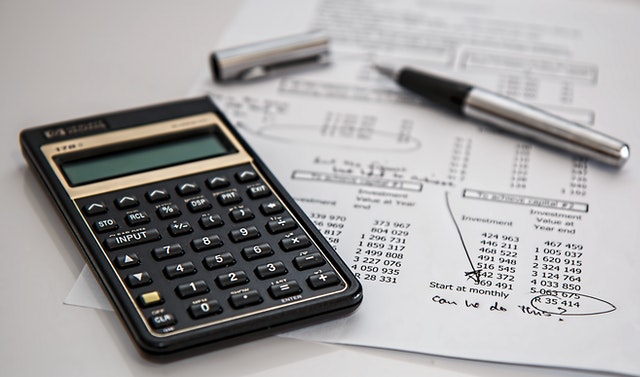

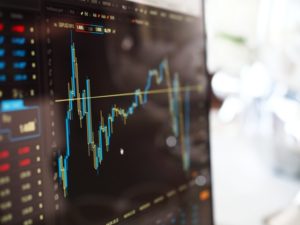


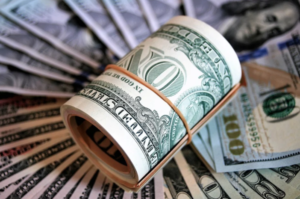 Most of us have probably heard this from young children, educators, and older colleagues, but if you start saving when you’re in your 20s, it will have a significant impact on how much you will likely be saving later in life. But don’t worry if you’re in your 30s or 40s and haven’t started yet. There’s still time to start investing, but the earlier you start, the better. Some people think that their standard of living may decrease in retirement, but that’s not necessarily the case. The earlier you start, the better your chances of improving your standard of living in retirement.
Most of us have probably heard this from young children, educators, and older colleagues, but if you start saving when you’re in your 20s, it will have a significant impact on how much you will likely be saving later in life. But don’t worry if you’re in your 30s or 40s and haven’t started yet. There’s still time to start investing, but the earlier you start, the better. Some people think that their standard of living may decrease in retirement, but that’s not necessarily the case. The earlier you start, the better your chances of improving your standard of living in retirement.